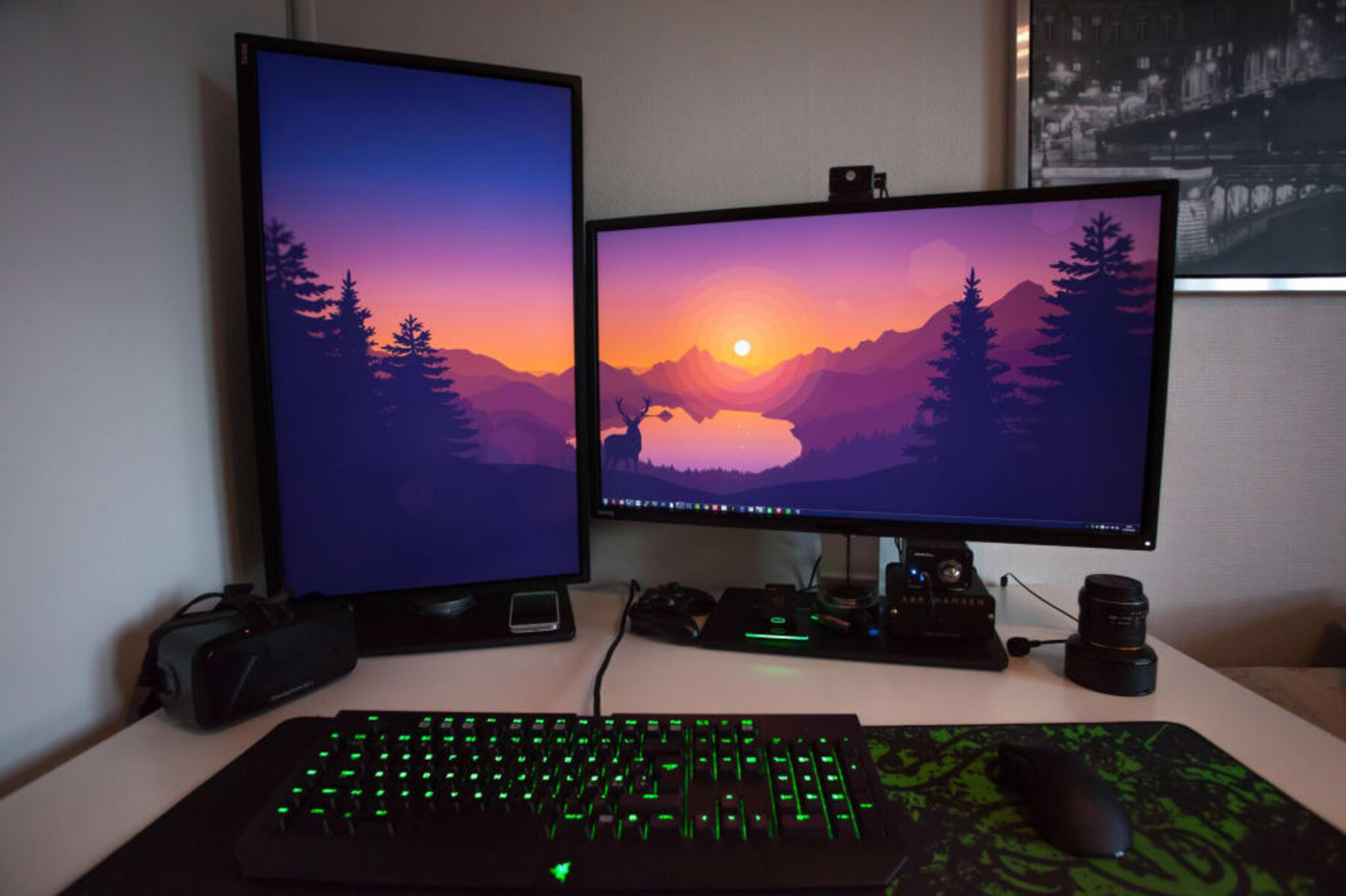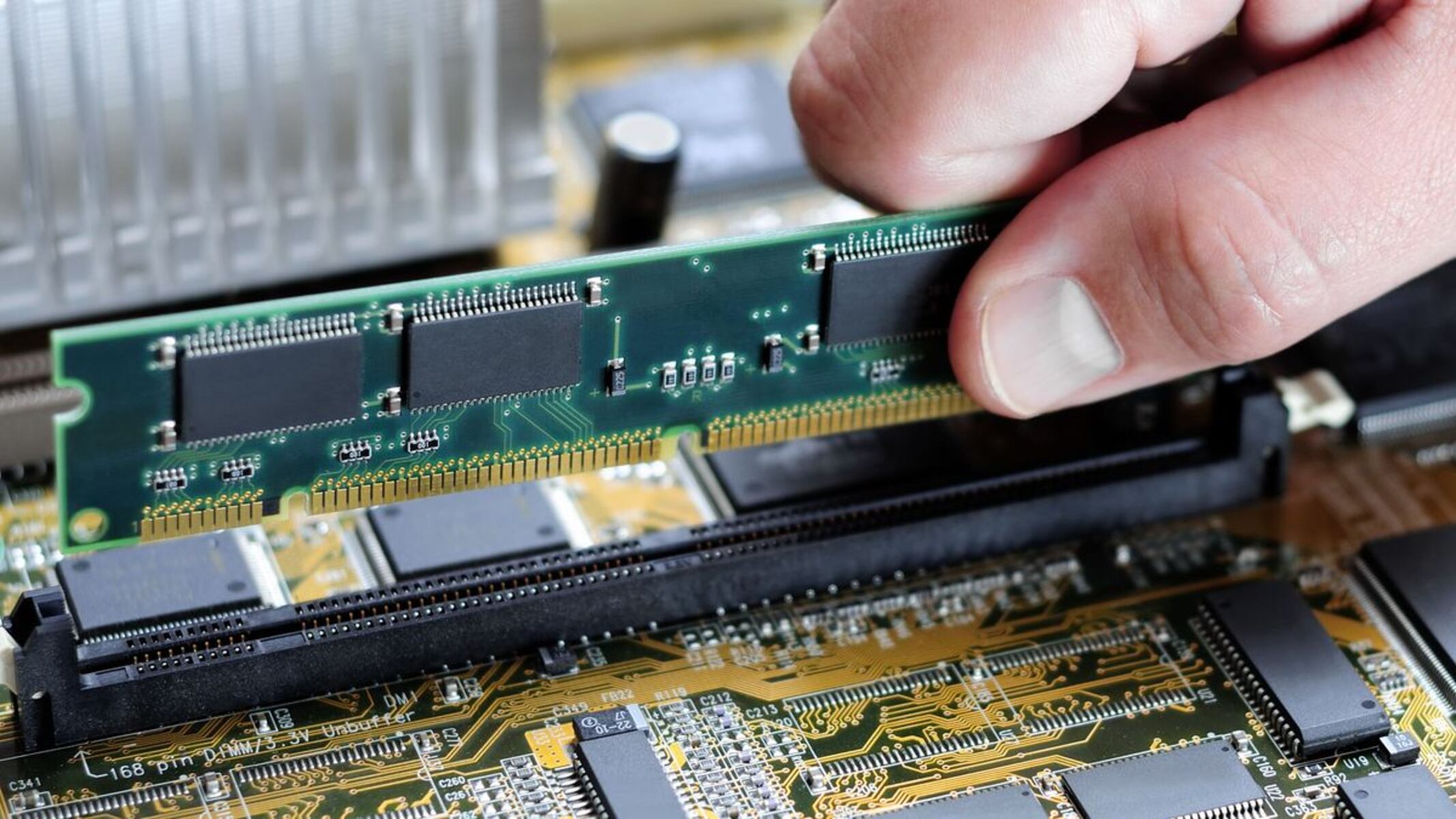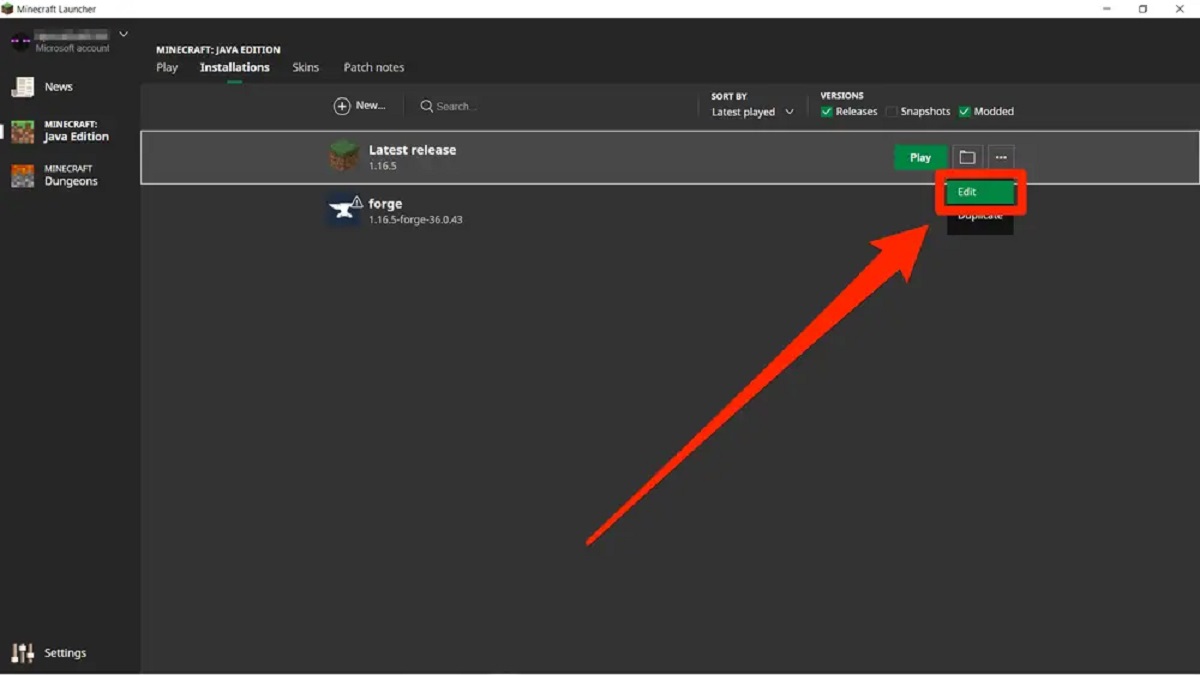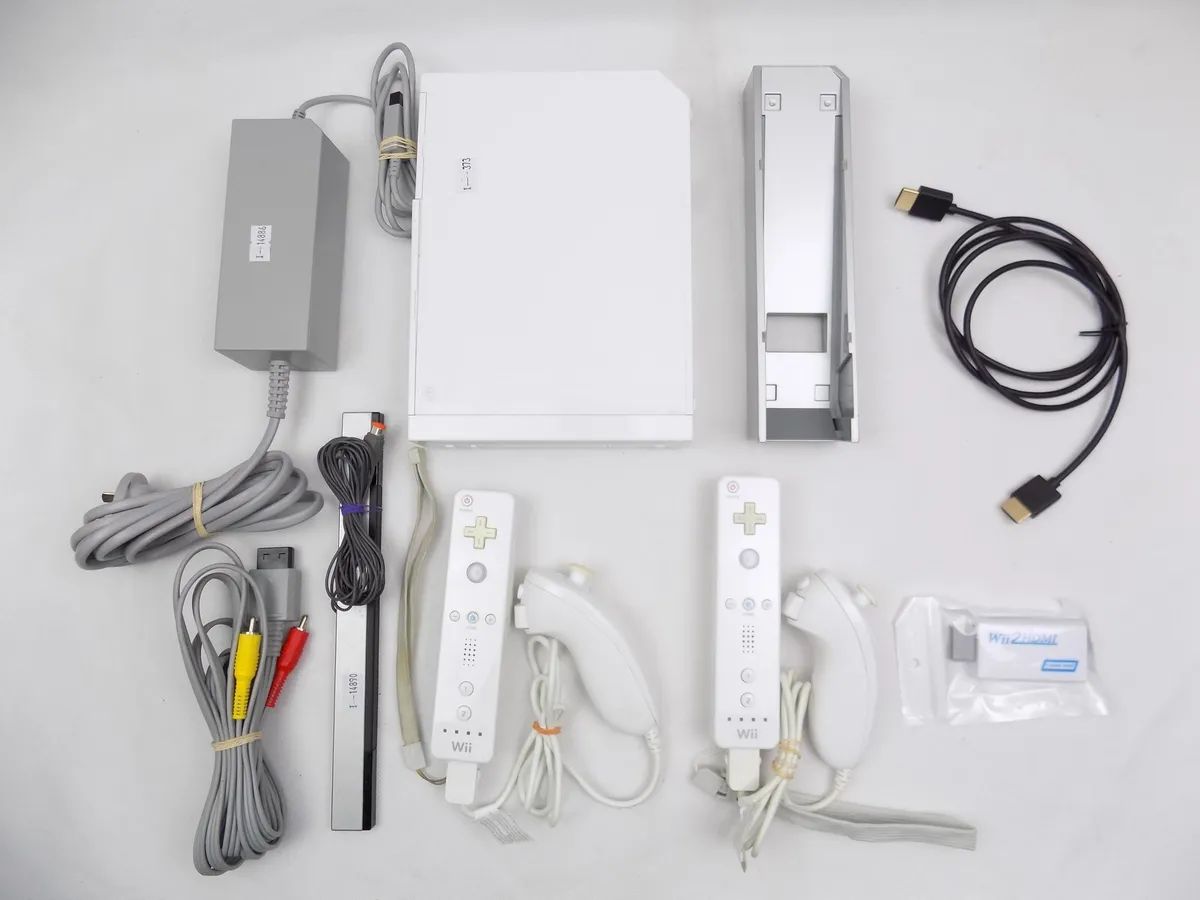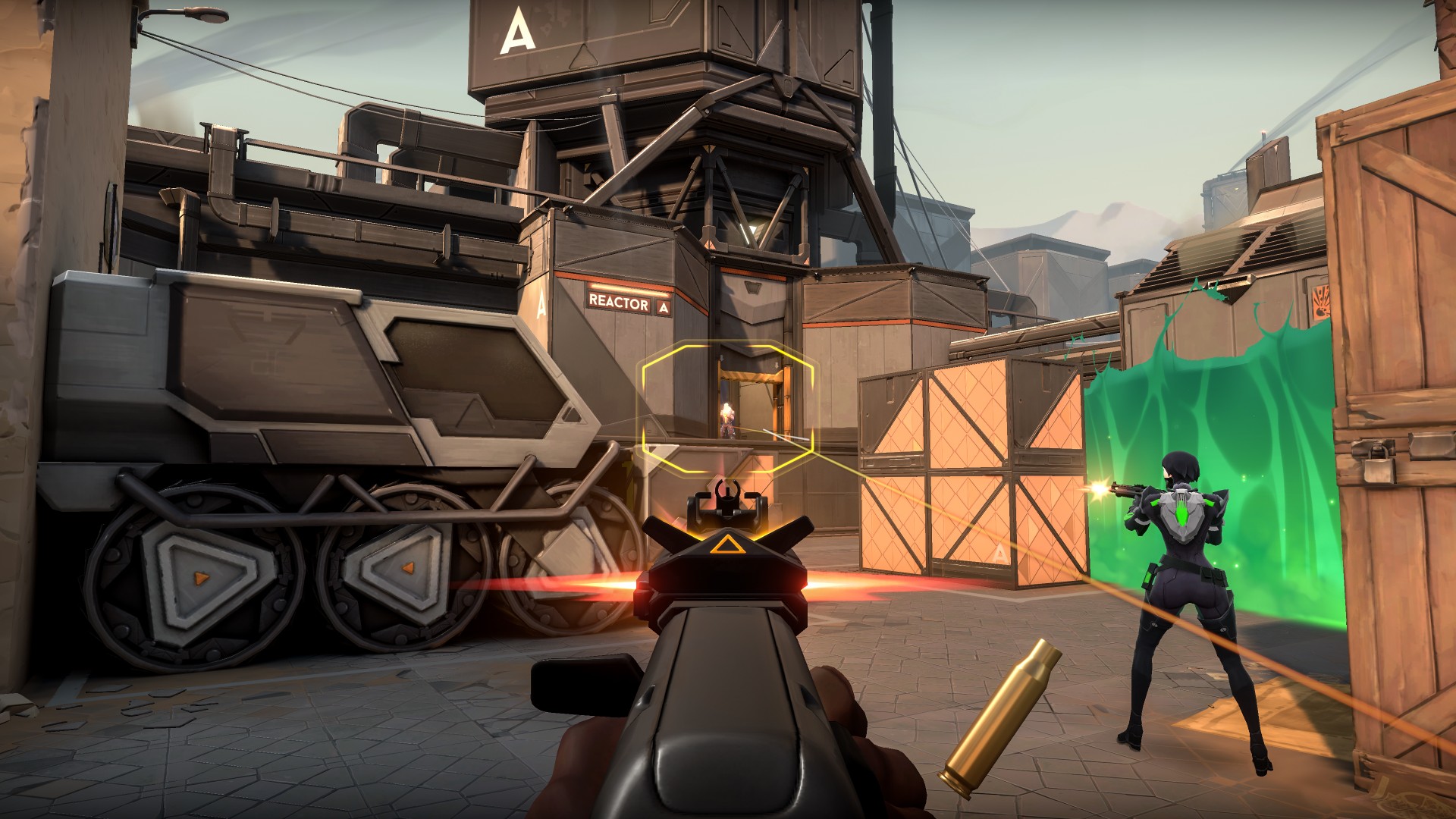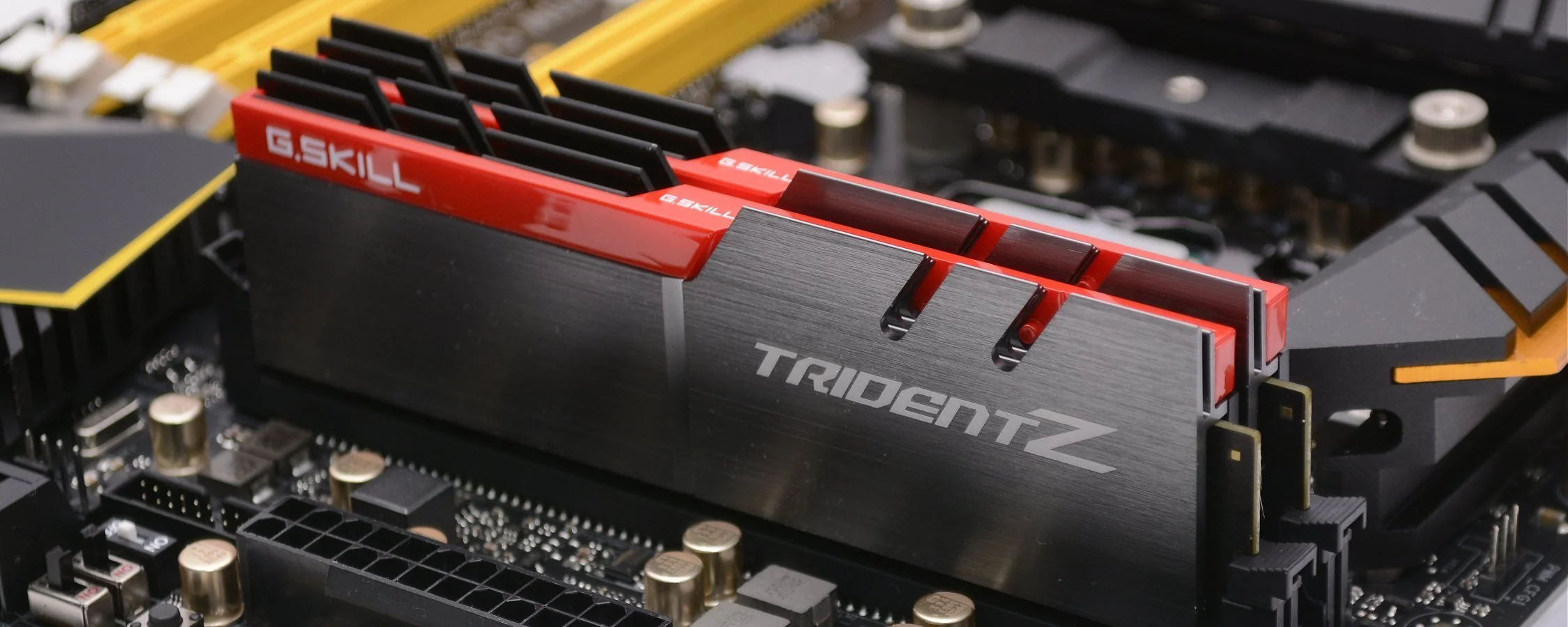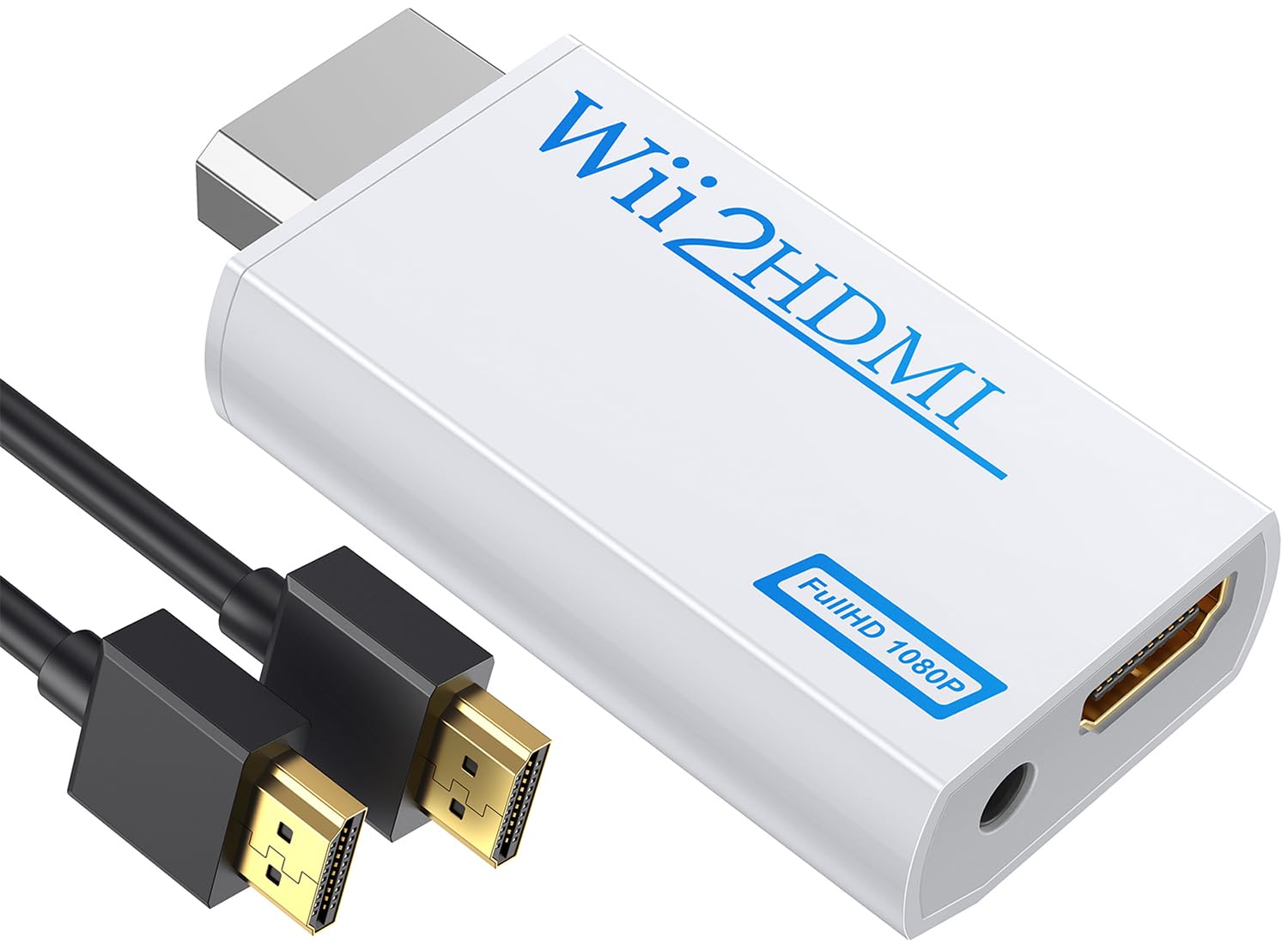Introduction
Gaming has increasingly become a popular form of entertainment, attracting millions of players worldwide. Whether you’re a casual gamer or a competitive esports athlete, having the right equipment can significantly impact your gaming experience. One crucial component that gamers often focus on is the monitor. A gaming monitor plays a vital role in delivering sharp visuals, vibrant colors, and smooth gameplay.
When it comes to gaming monitors, one important factor to consider is the amount of delay the monitor has. Delay refers to the time it takes for an action to be executed on the monitor after you input it with your keyboard, mouse, or controller. The concept of delay in gaming monitors can be quite complex, as several factors contribute to it.
In this article, we will explore the different aspects of delay in gaming monitors, such as input lag, response time, and refresh rate. We will also discuss how much delay is acceptable for optimal gaming performance and how to test and minimize delay in gaming monitors to enhance your gaming experience.
Understanding the delay in a gaming monitor is essential for gamers who want to make informed decisions when purchasing a new monitor. By the end of this article, you will have a clearer understanding of the factors affecting delay and how to minimize it, allowing for a smoother and more responsive gaming experience.
What is delay in a gaming monitor?
Delay in a gaming monitor refers to the time it takes for an action performed by the player to be displayed on the screen. It encompasses different components and aspects that contribute to the overall responsiveness of the monitor.
There are three main factors that influence the delay in a gaming monitor: input lag, response time, and refresh rate.
- Input lag: Input lag is the delay between pressing a button or moving the mouse and the corresponding action being displayed on the screen. It is influenced by several factors, including the monitor’s internal processes, signal processing, and communication between the input device and the monitor. Input lag can significantly impact reaction times in fast-paced games, making it an important consideration for competitive gamers.
- Response time: Response time refers to how quickly a pixel on the monitor can change from one color to another. It is measured in milliseconds (ms) and affects the clarity of fast-moving objects on the screen. Lower response times help reduce motion blur and ghosting, ensuring smoother visuals during gameplay.
- Refresh rate: The refresh rate of a gaming monitor indicates how many times the screen is refreshed per second. It is measured in Hertz (Hz). A higher refresh rate allows for more frames to be displayed per second, resulting in smoother animations and reduced motion blur. A higher refresh rate can also minimize the perception of delay, making the gaming experience more immersive.
Delay in a gaming monitor can affect the overall gaming experience, especially in fast-paced and competitive games. It can impact the player’s reaction time, accuracy, and immersion. Therefore, it is crucial to understand the concept of delay and consider it when choosing a gaming monitor.
Next, we will delve deeper into how much delay is considered acceptable for gaming and explore different methods to test and reduce delay in gaming monitors.
Input lag
Input lag is a significant factor that contributes to the overall delay in a gaming monitor. It refers to the delay between your input device (keyboard, mouse, or controller) registering a command and the corresponding action appearing on the screen. Input lag is caused by various processes that occur within the monitor and can vary depending on the model and manufacturer.
There are several factors that can contribute to input lag in a gaming monitor:
- Signal processing: When you input a command, the signal must be processed by the monitor to display it on the screen. The time it takes for the monitor to process the signal can result in input lag. Monitors with faster signal processing capabilities tend to have lower input lag.
- Communication: The communication between your input device and the monitor can also introduce delay. Wired connections generally have lower input lag compared to wireless connections due to the additional time it takes for wireless signals to transmit and be received.
- Monitor settings: Certain settings on the monitor, such as image processing features or image enhancements, can contribute to input lag. Disabling or reducing these settings can help reduce input lag.
- Hardware limitations: The hardware components of the monitor, including the chipset and display panel, can also impact input lag. Monitors with more advanced hardware and technology tend to have lower input lag.
Reducing input lag is essential for gamers, as it directly affects their ability to react quickly and accurately in games, especially in competitive scenarios. When choosing a gaming monitor, it is advisable to look for models that have lower input lag specifications. Testing input lag using specialized tools or reading reviews from reputable sources can help you determine the input lag performance of different monitor models.
In the next section, we will explore the concept of response time in gaming monitors and how it contributes to delay.
Response time
Response time is another crucial factor that contributes to the delay in a gaming monitor. It refers to the speed at which a pixel can change from one color to another. Generally measured in milliseconds (ms), response time plays a significant role in reducing motion blur and ghosting during fast-paced gameplay.
The response time of a monitor determines how quickly it can display changes in the image. A lower response time indicates that the pixels can transition between colors faster, resulting in smoother and more fluid visuals. This is particularly important for gamers who play fast-action games or engage in competitive gaming, where every frame matters.
There are two common types of response time specifications found in gaming monitors:
- Gray-to-Gray (GtG) response time: This measures the time it takes for a pixel to transition from one shade of gray to another and back. It is the most commonly used response time specification in monitors. Lower GtG response times, such as 1ms or 2ms, are highly sought after by gamers as they help minimize motion blur and improve the clarity of fast-moving objects.
- Black-to-White (BtW) or MPRT response time: This measures the time it takes for a pixel to transition from black to white and back. This type of response time is often used in marketing materials and can be lower than GtG response times. However, it may not provide an accurate representation of the monitor’s true response time performance.
It’s important to note that while a lower response time can help reduce motion blur, extremely low response times (e.g., 0.1ms) may not necessarily result in significantly better gaming performance. Other factors, such as input lag and refresh rate, also play a role in determining the overall responsiveness of a gaming monitor.
When choosing a gaming monitor, it is advisable to look for models with low response times, ideally below 5ms. However, it’s important to consider response time alongside other factors to ensure a balanced and optimal gaming experience.
Next, we will explore the concept of refresh rate and its impact on delay in gaming monitors.
Refresh rate
The refresh rate of a gaming monitor refers to how many times the screen refreshes per second, measured in Hertz (Hz). It plays a crucial role in determining the smoothness of visuals and the perceived delay during gameplay.
A higher refresh rate allows for more frames to be displayed per second, resulting in smoother animations, reduced motion blur, and a more immersive gaming experience. A standard refresh rate for gaming monitors is 60Hz, which means the screen refreshes 60 times per second. However, there are now gaming monitors available with higher refresh rates, such as 144Hz, 240Hz, and even beyond.
When a game is played at a higher refresh rate, the time between each frame decreases, resulting in smoother and more fluid motion. This can significantly reduce the perception of delay, making the gameplay feel more responsive and engaging. In fast-paced games where quick reactions are essential, a higher refresh rate can provide a competitive edge.
It’s important to note that to take full advantage of a higher refresh rate, the graphics card must be capable of rendering frames at that rate. If the graphics card can only output 60 frames per second, a 144Hz monitor will still display those frames at 60Hz. Therefore, it’s crucial to ensure that your graphics card is powerful enough to match the refresh rate of the monitor you choose.
It’s worth mentioning that a higher refresh rate may not be a significant improvement for all types of games. Games with slower and more static visuals may not benefit as much from a higher refresh rate compared to fast-paced games with a lot of motion.
When selecting a gaming monitor, consider choosing one with a refresh rate that aligns with your gaming needs. If you primarily play competitive games or fast-action titles, a higher refresh rate monitor can provide a smoother and more enjoyable gaming experience.
Now that we have discussed the concepts of input lag, response time, and refresh rate, let’s move on to explore how much delay is acceptable for gaming and how to test and minimize delay in gaming monitors.
How much delay is acceptable for gaming?
The acceptable amount of delay in gaming can vary depending on the individual and the type of games being played. In general, lower delay is preferred as it allows for faster and more responsive gameplay. However, there are some benchmarks and guidelines that can help determine the acceptable level of delay.
For casual gamers or those who play single-player games, a delay of around 30-50 milliseconds (ms) is generally acceptable and may not have a noticeable impact on gameplay. These gamers may prioritize visual quality and immersive experiences over ultra-low delay.
On the other hand, competitive gamers, especially those engaged in fast-paced esports titles, strive for the lowest delay possible. For esports professionals and highly competitive players, a delay of around 1-10ms is preferable. Every millisecond counts in these scenarios, and even the slightest delay can impact reaction times and overall performance.
It’s important to note that reducing delay is not the sole responsibility of the monitor. Other factors, such as the responsiveness of the input device and the overall system setup, also play a role. Optimizing all these components collectively can lead to a more seamless and responsive gaming experience.
When considering the acceptable level of delay, it’s essential to strike a balance between minimizing delay and other factors, such as visual quality, resolution, and budget. Ultimately, it comes down to personal preferences and gaming priorities.
Next, we will explore different methods you can use to test the delay in gaming monitors, allowing you to make informed decisions when selecting a monitor that suits your gaming needs.
Testing delay in gaming monitors
Testing the delay in gaming monitors is crucial to understand the actual performance and determine if it meets your gaming requirements. There are several methods and tools available to measure and evaluate delay in gaming monitors.
One of the commonly used methods for testing delay is through specialized software or online tools. These tools typically display a series of tests or visual stimuli, which help measure the response time and input lag of the monitor. By analyzing the results, you can get an accurate measurement of the delay experienced in real-world gaming scenarios.
Another popular method is the use of high-speed cameras or motion capture devices. These devices capture footage of the gameplay while simultaneously recording the input device, allowing for precise measurement of the delay between input and display. This method provides visual evidence of the delay and can help in comparing different gaming monitors.
It is also beneficial to refer to professional reviews or reputable sources that conduct comprehensive testing of gaming monitors. These reviews often include measurements of input lag, response time, and the overall performance of the monitor for gaming purposes. Reading these reviews can provide valuable insights and help you make an informed decision when selecting a gaming monitor.
When testing delay in gaming monitors, it’s important to consider various factors that may affect the results. These include the settings and configurations of the monitor, the capabilities of the input device used for testing, and the hardware and software of the testing tool or software. It’s advisable to ensure that the testing environment is consistent and replicates the conditions in which you will be gaming.
By utilizing these testing methods and resources, you can gain a better understanding of the delay in different gaming monitors and make an educated choice based on your gaming preferences and requirements.
Now, let’s explore some practical steps you can take to reduce the delay in gaming monitors and optimize your gaming experience.
Factors that affect delay in gaming monitors
Several factors can contribute to the delay experienced in gaming monitors. Understanding these factors can help identify potential areas for improvement and optimize the overall performance of the monitor for gaming purposes. Here are some of the key factors that affect delay:
- Display technology: The type of display technology used in a gaming monitor can have an impact on the delay. Different technologies, such as TN (Twisted Nematic), IPS (In-Plane Switching), and VA (Vertical Alignment), have varying response times and input lag. TN panels generally offer faster response times, while IPS panels are renowned for accurate colors and wider viewing angles, albeit with slightly higher response times.
- Monitor settings and configurations: The settings and configurations of the monitor can also affect delay. Certain features, such as image processing, motion blur reduction, or adaptive sync technologies like FreeSync or G-Sync, can introduce additional delay. Adjusting these settings to optimize for gaming scenarios can help reduce delay.
- Hardware limitations: The internal hardware components of the monitor, such as the display controller and memory, can impact the delay. More advanced hardware with faster processing capabilities can help reduce input lag and improve the overall responsiveness of the monitor.
- Connection type: The type of connection used to connect the monitor to the graphics card or gaming device can affect delay. HDMI, DisplayPort, and DVI are common connection types, with DisplayPort typically offering lower input lag and better overall performance compared to HDMI or DVI connections.
- Input device: The input device, such as a keyboard, mouse, or controller, can also contribute to the overall delay. Wireless input devices may introduce additional latency compared to their wired counterparts. Additionally, the polling rate of the input device, which refers to how often it communicates with the computer, can impact the responsiveness and delay.
It’s important to consider these factors when choosing a gaming monitor and optimizing it for low delay. Understanding how each factor can influence delay allows you to make informed decisions, fine-tune settings, and select the right hardware and technology for your gaming needs.
Now, let’s explore some practical steps you can take to minimize delay in gaming monitors and enhance your gaming experience.
How to reduce delay in gaming monitors
To minimize delay in gaming monitors and enhance your gaming experience, there are several steps you can take. By optimizing your monitor’s settings, hardware, and connectivity, you can achieve lower input lag and faster response times. Here are some practical tips to reduce delay:
- Choose a monitor with low input lag and fast response time: When purchasing a gaming monitor, look for models specifically designed for low input lag and fast response times. Check specifications and read reviews from reputable sources to ensure that the monitor meets your requirements.
- Adjust monitor settings: Fine-tune the settings on your gaming monitor to optimize for lower input lag. Disable any unnecessary image processing features, motion blur reduction, or software enhancements that can introduce additional delay.
- Use a wired connection: Whenever possible, use a wired connection to connect your monitor to the graphics card or gaming device. Wired connections, such as DisplayPort or HDMI, tend to have lower input lag compared to wireless connections.
- Upgrade your hardware: Ensure that your hardware, including the graphics card and input devices, meets the requirements for low delay gaming. Upgrading to a more powerful graphics card can help render frames faster, resulting in lower latency.
- Optimize your gaming system: Make sure that your operating system and drivers are up to date. Close unnecessary background applications that may consume system resources and potentially introduce delay. Keeping your system optimized can ensure smoother gameplay.
- Consider adaptive sync technologies: Adaptive sync technologies, such as AMD FreeSync and NVIDIA G-Sync, can help reduce screen tearing and improve overall smoothness. These technologies synchronize the monitor’s refresh rate with the graphics card’s output, resulting in a more seamless and responsive gaming experience.
- Minimize external sources of delay: Avoid connecting unnecessary devices or peripherals that may introduce additional delay, such as USB hubs, multiple monitors, or audio devices. Streamlining your setup can help reduce potential sources of delay.
By implementing these measures, you can significantly reduce delay in your gaming monitor, resulting in faster response times and a smoother gaming experience. It’s important to remember that minimizing delay requires a balance between optimizing settings and investing in suitable hardware for your gaming needs.
After implementing these strategies, monitor your gaming experience to ensure that the improvements are noticeable and meet your expectations. Enjoy your gaming sessions with reduced delay and enhanced responsiveness!
Conclusion
Gaming monitors play a crucial role in providing an optimal gaming experience, and understanding the concept of delay is essential for making informed choices. Delay in gaming monitors can be influenced by various factors, including input lag, response time, and refresh rate.
Input lag refers to the delay between inputting a command and the corresponding action being displayed on the screen. Response time determines how quickly pixels can change colors, while refresh rate defines how many times the screen refreshes per second. Achieving low delay is important, especially for competitive gamers who rely on fast reactions and precise movements.
When selecting a gaming monitor, it is important to consider the acceptable level of delay based on personal preferences and gaming requirements. For casual gamers, an acceptable delay is typically around 30-50ms, while competitive gamers aim for delay as low as 1-10ms.
Testing delay in gaming monitors through specialized software or advanced tools can provide accurate measurements of response time and input lag. Online resources and professional reviews also provide valuable insights into a monitor’s performance.
Several factors affect delay in gaming monitors, including display technology, monitor settings, hardware limitations, connection types, and the input device used. Considering these factors allows for informed decision-making when selecting a gaming monitor.
To reduce delay, optimizing monitor settings, using a wired connection, upgrading hardware, and utilizing adaptive sync technologies are effective strategies. Minimizing external sources of delay and optimizing the gaming system also contribute to a smoother gaming experience.
By implementing these techniques, gamers can enjoy reduced delay, resulting in faster response times, smoother visuals, and an overall improved gaming experience.







